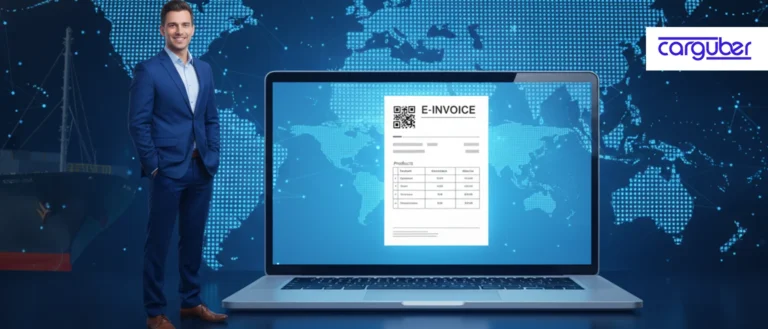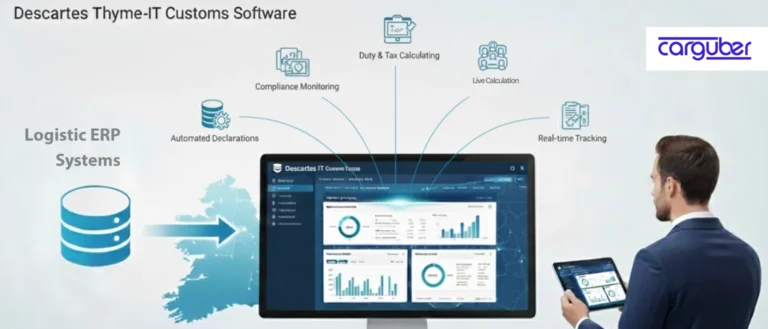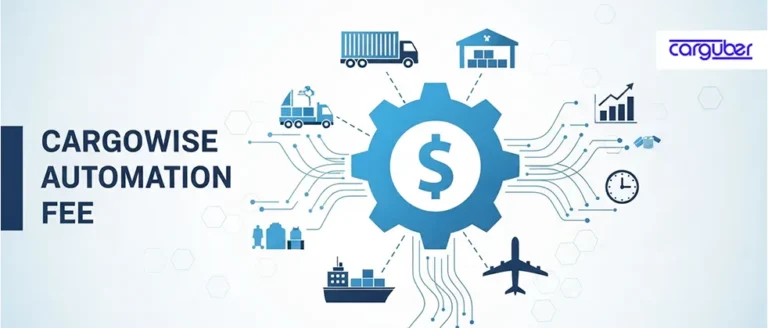What is the importance of the Packing Lines Update API in modern logistics?
There is much more to packing information than a few numbers on a form. It is the foundation of precise shipment planning, warehouse productivity, customs compliance, and customer happiness for freight forwarders and logistics teams. And in today’s fast-paced, data-driven world, having to manually update packing details for each shipment? Not only is that outdated, but it’s also dangerous.
The Packing Lines Update API fills that need. By automating the flow of packing data into systems like CargoWise, this simple yet effective tool simplifies operations and provides your team with the visibility they require to function at their best.
The Significance of Accurate Packing APIs You May Not Realize
When dealing with international shipments, poor packing information can set off a chain reaction of problems, including delayed customs clearances, incorrect freight charges, inefficient warehouse planning, and even rejected admissions. Time and money can be lost due to a single incorrectly labeled package or a poorly calculated pallet.
To solve those issues, the Packing Lines Update API was created. By providing an easy solution for dynamically updating packing line data, you eliminate the need for manual data entry, minimize errors, and keep your systems’ shipment records in sync.
Breaking Down the Core Parameters
The simplicity and accuracy of the API are its strongest points. Here are some of the main characteristics it manages, which let you specify every physical aspect of your cargo, down to the smallest centimeter or kilogram.
- RefNumber: Your unique shipment reference number that keeps the update linked to the right record.
- ShipmentNo: The actual CargoWise shipment number that ties the update directly to your logistics ERP.
- PackingLineId: A unique ID for each packing entry, essential for tracking and updating specific containers or pallets.
- Commodity: Specifies the type of goods (e.g., ALUM), which helps in reporting, customs classification, and inventory management.
- Dimensions (Length, Width, Height) and their respective units: Capture the full physical profile of the packed item or container.
- Weight and Volume: Provide the essential data for calculating freight cost, load planning, and compliance.
- PackType: Indicates the kind of packaging used, like CTN (carton), PLT (pallet), etc., which matters when you’re optimizing warehouse layout or shipping arrangements.
- PackQty: Tells the system how many individual units are inside the packaging.
Together, these parameters paint a full picture of the shipment’s physical characteristics, helping you automate workflows that rely on packing data, whether it’s for pricing, loading, or reporting.
Use Cases: Where This API Shines
Here’s how logistics professionals are using the Packing Lines Update API:
- Warehouse Planning: When shipments are received or prepared, the system can instantly update packing specs, enabling accurate space allocation.
- Freight Calculations: Ensure that dimensional weight (volumetric weight) is captured precisely to avoid billing disputes.
- Customs Declarations: Provide detailed and structured packing data to simplify customs compliance and speed up border clearances.
- E-commerce Fulfillment: Automatically update pack quantities and packaging types for outbound orders, especially useful in high-volume, fast-turnaround environments.
The Benefits of Automating Packing Line Updates
Are you still unsure if setting up the API is worthwhile? What automation offers is as follows:
- Time Savings: Skip the repetitive task of logging packing dimensions manually.
- Real-Time Visibility: Your team, partners, and customers always see the most updated packaging data.
- Error Reduction: Say goodbye to fat-finger errors or incorrect packaging specs.
- System Sync: Ensure consistent data between your WMS, TMS, ERP, and freight systems.
- Audit Trail: Every update is tracked, providing a clear trail for compliance and troubleshooting.
Tips to Maximize API Efficiency
To get the most from the Packing Lines Update API, consider these best practices:
- Standardize Your Data Entry Rules: Ensure your pack type names, unit codes, and commodity identifiers are consistent.
- Integrate with Event Triggers: Set the API to fire when specific events occur, like packing completion or order finalization.
- Use Validation Rules: Add backend rules to catch outliers, like weights that exceed limits or mismatched pack counts.
Conclusion
Every detail matters in logistics, and packing line data is no different. The Packing Lines Update API allows you the flexibility and accuracy to keep on top of your operations without adding complexity, whether you’re tracking hundreds of SKUs or simply need to determine dimensional accuracy for invoicing.
This API is the solution if you’re sick of disconnected packing data or out-of-date spreadsheets. It enables you to maintain data accuracy, system alignment, and team concentration on the important task of moving freight profitably and effectively.
Are you trying to combine your current ERP system or CargoWise with the Packing Lines Update API? As a logistics consultancy, we are available to assist.









